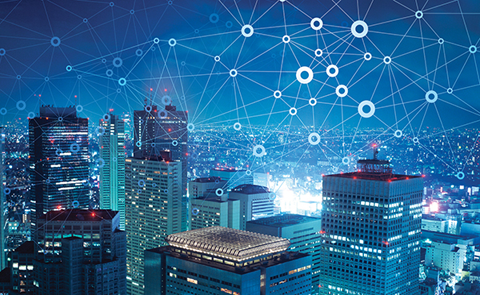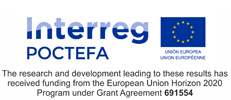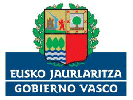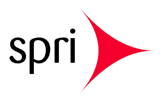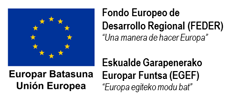We have been talking about 'smart cities' for several years and countless technologies aimed at promoting this concept and making our cities smarter, better managed and with savings and efficiency never seen before.
But how can this type of technology be used to really improve cities? To what extent will the 'Internet of Things' (IoT) or artificial intelligence really be the protagonists of future smart cities? We have set out to face these innovations and show you with real examples that today can already be applied.
Public Services Management
All cities consist of a huge amount of public services whose management is not always easy. Because it is not only about providing these services, but also about making them more efficient, evaluating their use, detecting possible deficiencies and optimizing the available resources.
1- Public lighting. Cities need to have sufficient public lighting, but that does not have to imply having all the lights on in the same time interval. Today, the IoT allows sensors to be installed in the street lamps so that they light up when they detect the presence of people. This not only makes more efficient use of this energy, but also allows you to increase the installation of more lighting in less inhabited areas, since the devices will only turn on when necessary, saving medium and long term.
Public lighting, garbage or water and electricity consumption can be monitored to make its management more efficient
2.- Water and electricity supply. How much water is consumed in a city? The sensors allow real-time monitoring not only of effective consumption, but also of your sanitation and treatment needs. In addition, if we apply this technology to water and electricity meters and add artificial intelligence, any company or public institution can analyze its resources, detect consumption patterns and anticipate future needs. Thus, if a specific period of higher consumption is approaching (festivities, arrival of adverse weather conditions), this forecast can be anticipated and complied with.
3.- Garbage system. One of those services that, due to its essential and unquestionable nature, is not always parameterized. However, artificial intelligence can measure garbage collection activity in certain areas and predict efficient management. In this way, for example, a city council can decide if a specific area generates less garbage (which does not require such a constant collection) or if, on the other hand, another produces much more waste (which should be intensified its collection).
Traffic management
Traffic management is one of the great challenges that municipalities face, regardless of their size. Therefore, all major Spanish cities are immersed in redirecting traffic in the urban center and decongesting it. Thanks to the installation of sensors, public administrations can measure traffic congestion in real time and, once that data is measured, artificial intelligence will be able to predict which points can be more conflictive in certain situations.
With this, the cities will not only be able to evaluate the traffic in the urban center, but also to know to what extent the alternative transport routes are taking effect or, on the contrary, they are congesting other areas. In addition, with these technologies cities can also assess the extent to which their car parks are really useful or efficient, as well as their occupancy levels based on external factors (Christmas dates, unforeseen events, adverse weather, concert or sporting events, etc. .).
Through sensors, public administrations can measure in real time the traffic congestion of their urban points
On the other hand, there are more and more cities that, within the promotion of public transport, introduce new mobility systems such as electric motorcycles, demand bikes or even scooters. In this case, the sensors will allow you to track your location at all times, your consumption, your autonomy, your performance, your possible need to be recharged, etc.
This type of technologies can not only be applied to companies or public institutions, but also to citizens themselves, since many of the vehicles can come equipped with the connectivity that informs them of all these parameters to make more efficient use and improve Your own mobility.












